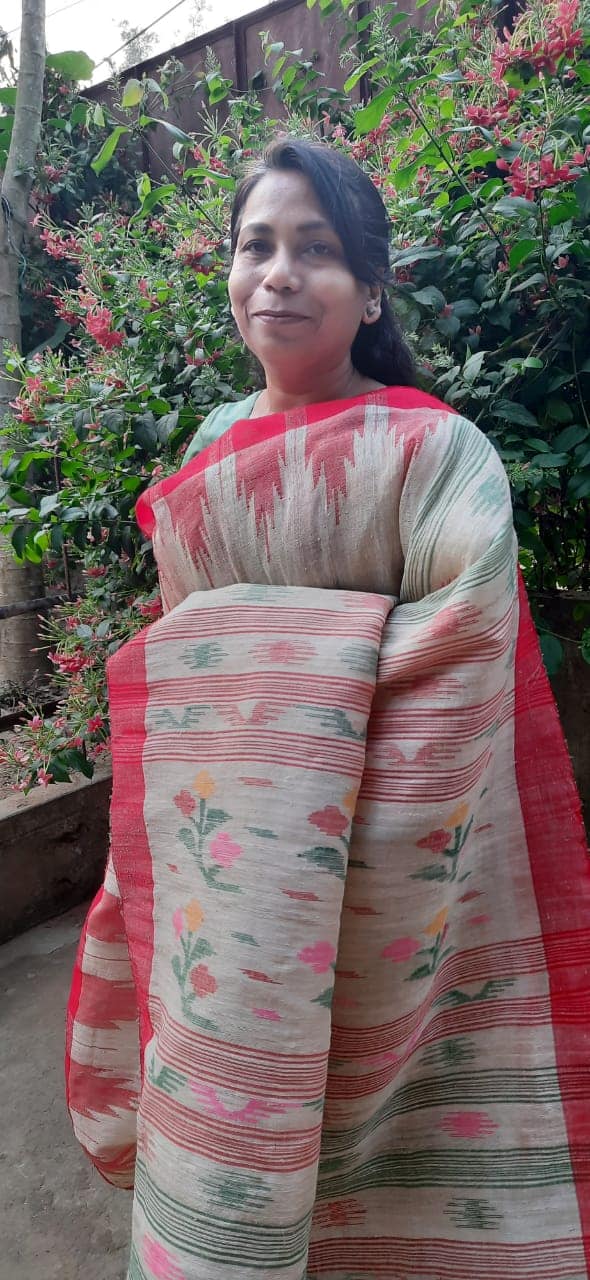A list of curious facts
Biang Biang noodles are fascinating for all sorts of reasons. Let’s start with the fact that they are as wide as a belt: “The ‘biang’ character is… meant to mimic the sound of dough hitting a counter.” These ‘slammed’ and ‘pulled’ noodles require skills to make:
But you have to be a bona fide genius just to be able to write its name. The Chinese character for ‘biang’ involves 56 strokes. Just look at that:
Amusing fact: A Chinese teacher uses it to punish wayward students who are late for class. They have to write the ‘biang’ 1,000 times. BBC Travel has everything you need to know about Biang Biang—including the roots of its complicated character. Vice offers a handy recipe if you’re wondering what it tastes like. As you can see from the lead image, it looks absolutely delicious.
Bonus food fact: We all know about the subcontinent’s love for adding all sorts of things to our milk—hello, turmeric! But did you know that Pakistanis have a weakness for something called ‘doodh soda’. The fancier version looks something like this:
One preparation method entails pouring boiling milk into a metal bucket that is twirled furiously in a container of ice water. Once chilled, it’s mixed with soda, whether that’s Sprite, Seven-Up, Thums Up (similar to Coke), or bright green Pakola.
At home, folks just mix soda, milk—and add a dash of Rooh Afza or honey. Umm, still sounds wrong, but okay. (Atlas Obscura)
Two: Each day brings a new kind of sustainable fashion. Our favourite is the banana saree. Made entirely from banana fibre, it is known as the ‘Kolaboti sari’ in Dhaka—and made waves when it took the Bangladeshi fashion scene by storm this year. It’s in the headlines for being sustainable and therefore cool:
It consumes less water, pesticides and synthetic chemicals, contributing to a reduced environmental footprint. Banana fibre sari will decompose naturally, addressing concerns about textile waste and pollution in landfills.
But it most certainly isn’t new. Weavers in the small town of Aruppukottai in Tamil Nadu have been hand-weaving ‘vaazhai naaru’ saris for years. But banana fabric is hardly a South Asian invention:
The most commonly quoted example of fabric made from banana fibre is that of Japan’s bashôfu, an integral part of Okinawan heritage. In the Philippines, they weave fabric from pineapple leaves in a similar process. The machi is a fabric made of the warp and weft of the banana fibre and is considered sacred in the Micronesian island of Fais.
Mongabay has more on the new trend in Bangladesh—while News18 has more on the traditional version in India. Mint looks at its revival in Chennai back in 2016. Google Arts & Culture has an immersive essay on bashôfu.
What’s remarkable is the versatility of the banana fibre. So you can compare, this is a Bangla example:
 The “banana pith” sari from Tamil Nadu:
The “banana pith” sari from Tamil Nadu:

An early 1900s bashôfu kimono from Okinawa:

Three: Last but not least—an animal story. We’ve heard plenty of stories about adorable ‘odd couples’—members of different species developing an unexpected bond. And the tale of an orphaned baby hippopotamus who found a foster mom in a giant tortoise is no different—but there’s a plot twist. Owen the hippo was a survivor of the 2004 tsunami when it hit Kenyan shores. When he was taken to the sanctuary, the unhappy, enraged one-year-old ran over to a 130-year-old tortoise named Mzee. You can guess the rest—or read about it over at NPR. Yes, there are cute pics—and this longer vid that made us laugh:

What’s truly unique, however, is that the duo have been the subject of a picture book—titled ‘Owen and Mzee’. And even a musical—a terrible one from the looks of it. And here’s the funny bit: Eventually, Owen was introduced to a hot girl hippo called Cleo and moved on. But happily, Mommy Mzee was introduced to a tortoise companion of her own.


 souk picks
souk picks